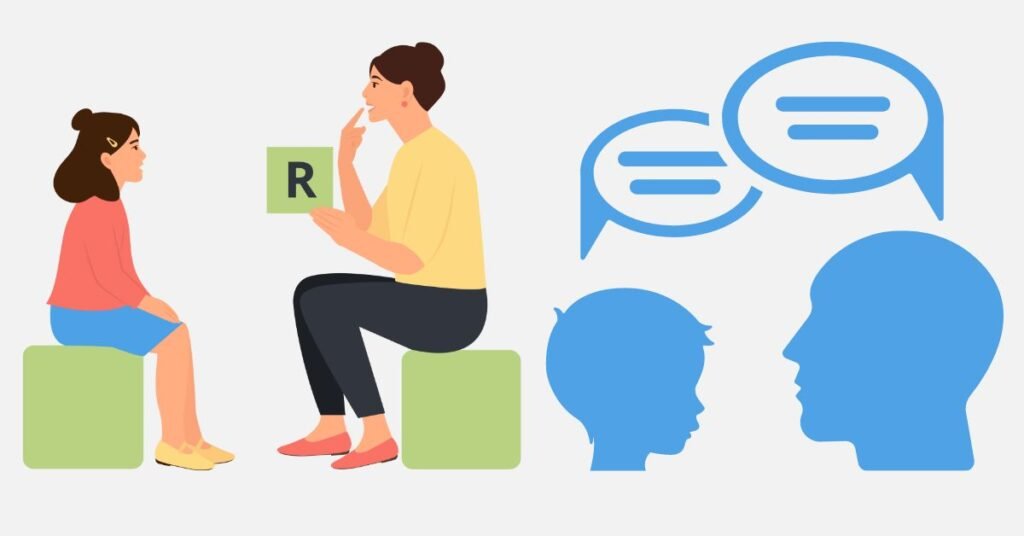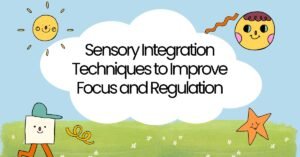As parents, we play a crucial role in nurturing our children’s communication skills. Whether your child is navigating the world of speech, sign language, or assistive technology, creating a supportive and engaging environment at home can make all the difference. In this blog post, we’ll explore practical tips to help you encourage and model effective communication within the comfort of your own home.
Establish a Communication-Rich Environment
The first step in fostering effective communication is to create a space that is conducive to language development. Fill your home with a variety of stimulating toys, books, and materials that encourage interaction and exploration. Narrate your daily activities, describe what you’re doing, and ask your child questions to engage them in conversation.
Incorporate Communication into Everyday Routines
Communication doesn’t have to be limited to designated “learning” times. Integrate it seamlessly into your everyday routines and activities. For example, during mealtimes, encourage your child to request more food, express their preferences, or describe the flavors they’re experiencing. When getting dressed, have them name the different articles of clothing or request their favorite shirt.
Model Effective Communication Techniques
Children learn best by observing and imitating the adults in their lives. Make a conscious effort to model effective communication techniques, such as using clear, simple language, maintaining eye contact, and incorporating gestures or signs. If your child is using a speech-generating device or PECS, demonstrate how to use it to express their needs and desires.
Engage in Interactive Play
Play is a powerful tool for fostering communication skills. Engage in interactive games and activities that encourage back-and-forth exchanges, such as playing with puppets, reading interactive books, or singing songs with accompanying hand motions. These playful interactions not only build language skills but also strengthen the bond between you and your child.
Provide Ample Opportunities for Practice
Repetition and practice are key to developing effective communication abilities. Create opportunities for your child to use their communication skills throughout the day, whether it’s requesting a favorite snack, commenting on their surroundings, or expressing their emotions. Celebrate their successes and provide gentle guidance when they encounter challenges.
Collaborate with Professionals
If your child is receiving speech therapy or ABA (Applied Behavior Analysis) services, work closely with their therapists to learn strategies and techniques that you can implement at home. Consistency between the therapy sessions and the home environment is crucial for maximizing your child’s progress.
Remember, every child’s communication journey is unique, and what works for one may not work for another. Be patient, flexible, and open to trying different approaches. By creating a nurturing, communication-rich environment at home, you can empower your child to express themselves, connect with others, and thrive.







